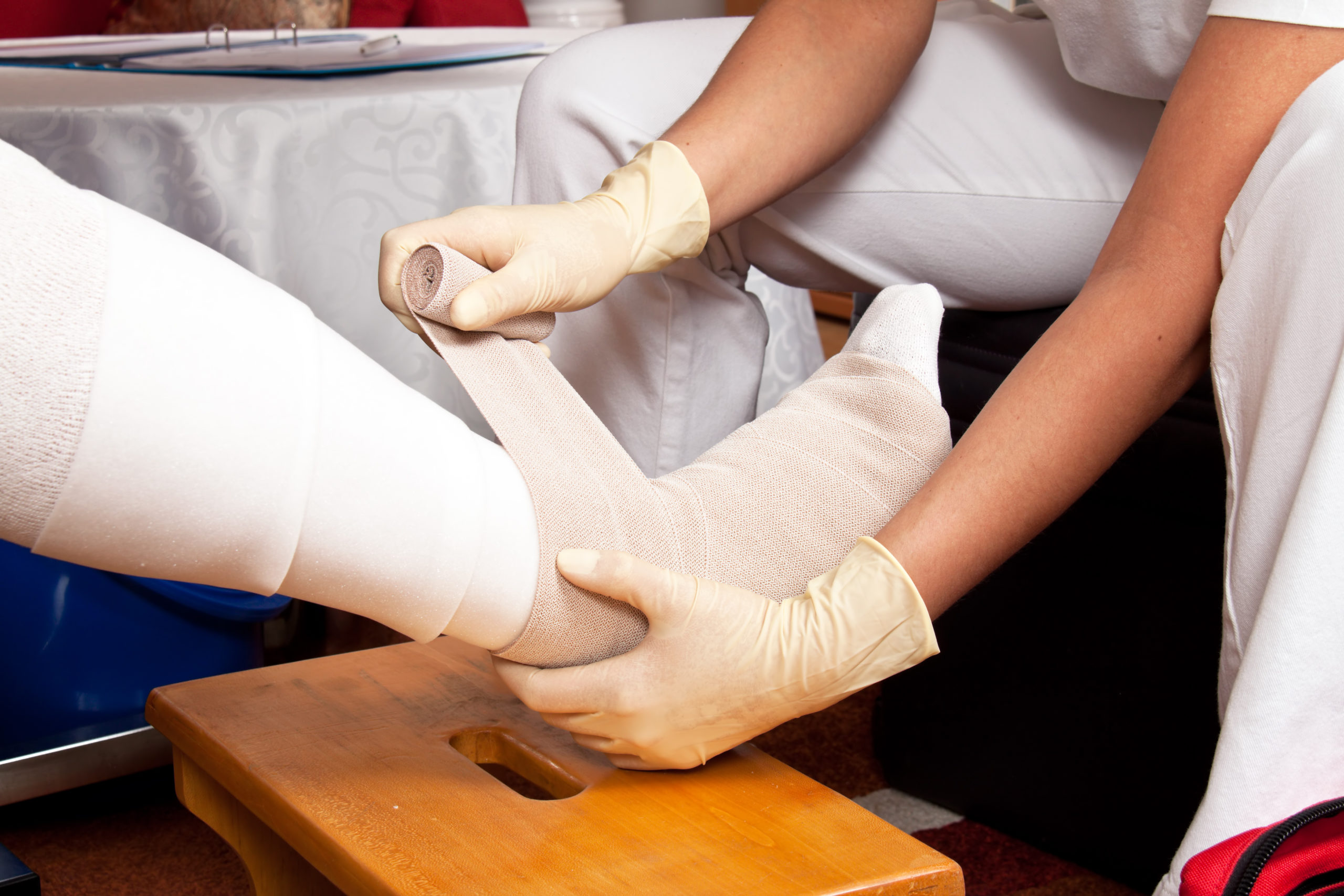Management and treatment of wounds is estimated to cost the Canadian health care system $3.9 billion annually. It is a common challenge throughout many practice settings, including acute care, home care, and long-term care. As our population demographics change with people living longer lives and with increasing co-morbidities, we are seeing wounds more often and with increasing complexity. These wounds can have devastating impacts on patients – causing physical and psychosocial suffering such as pain, loss of independence, social isolation and depression.
Current evidence suggests nurses’ knowledge in wound care is inadequate.
Nurses require ongoing training with proven methods in adult learning theories. Ideally, wound prevention strategies will be utilized prior to wounds developing. Early and appropriate wound care can decrease the likelihood of complications such as infected, chronic, dehisced or enlarged wounds.



